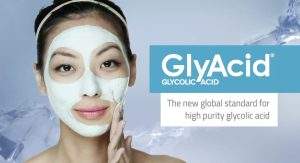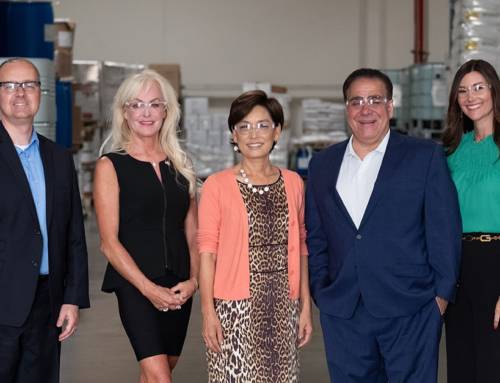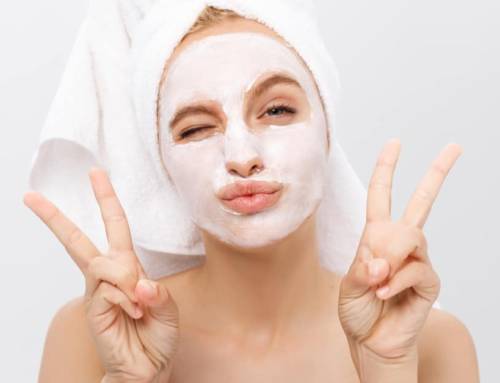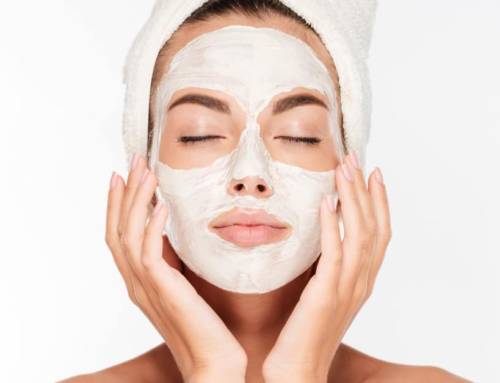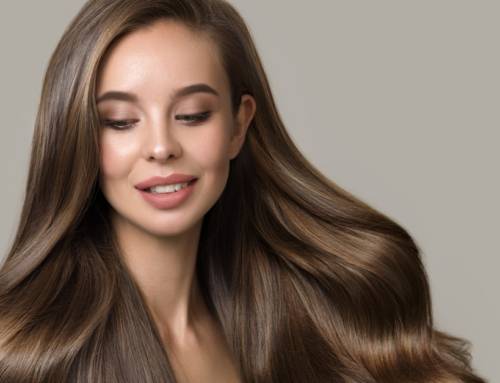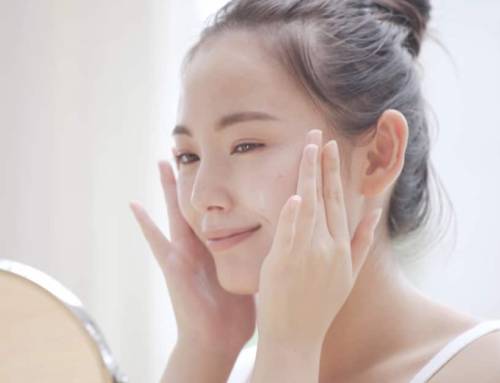Perfecting the Pucker with Lip Peels using Glycolic Acid
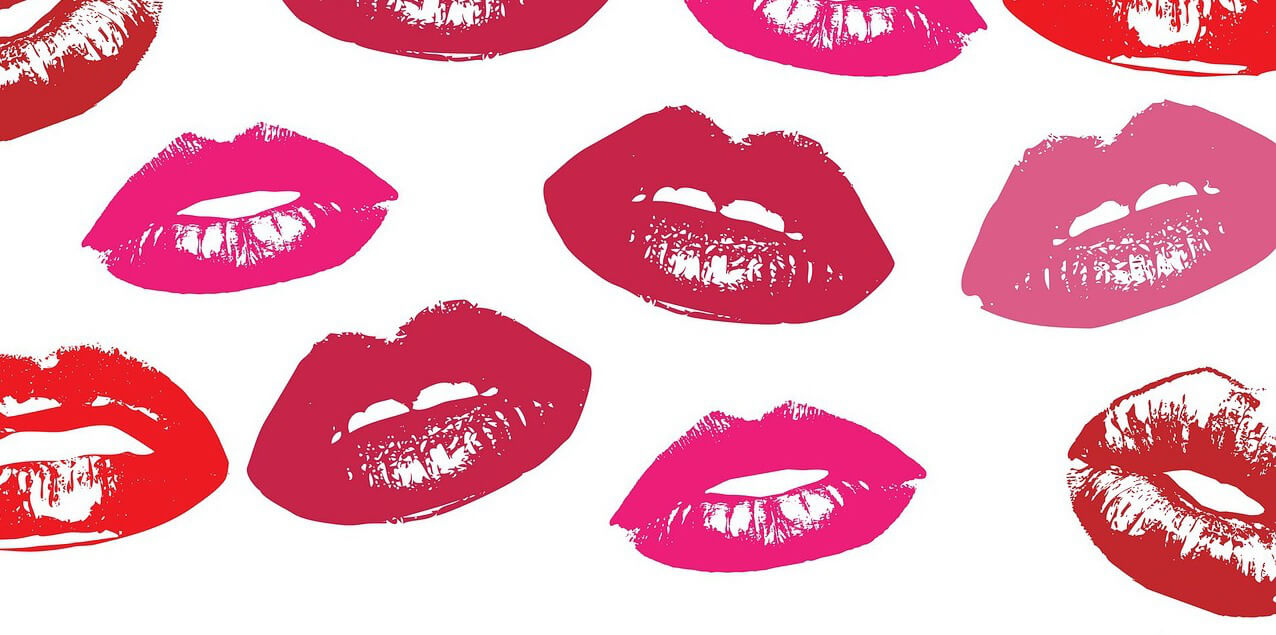
But, before carefully applying the latest trendy or timeless shade, a set of healthy, well-moisturized lips is the first vital step to smooth, sexy lipstick application. And that’s where glycolic acid comes in. Often thought of solely an ingredient for maintaining facial skin health and beauty, glycolic acid is also a key component to maintaining a perfect pucker.
Making lips appealing, not peeling…
The skin on the lips is among the most delicate on the face, and can become easily damaged with exposure to harsh weather, dehydration, sunburns, overuse of cosmetic products, extreme temperatures, and nervous habits like licking or biting.
Plus, when facial products like retinoids accidentally wind up smeared on the mouth during a nighttime skincare routine, dry, flaky lips can almost always be counted on. But, despite all of the daily damage lips sustain. glycolic acid can help save any peeling pucker and and prime it for lipstick.
Glycolic acid’s ability to penetrate the skin barrier deeply and induce new skin cell turnover makes it a top ingredient to both quickly exfoliate flaky lips and drive healthy new cells to the surface of the lips.
The skin on the lips is among the most delicate on the face, and can become easily damaged.
In fact, glycolic acid is the most effective, gentle exfoliant possible for lips. While popular or D-I-Y lip scrubs containing sea salt, sugar, coffee grinds, or microbeads will manually rub off the dead skin from chapped lips, these scrubs also bring along another problem. Thanks to the intense scrubbing these large-particle exfoliators encourage, the granules have a tendency to rip off the healthy layers of skin underneath the flaky, peeling layer.
The result of all this heavy duty exfoliation? Lips that experience more dryness, more chapping, more flaking, more peeling, and in the worst case scenario, even bleeding.
As gentle as a kiss
“Lip scrubs can be damaging to the delicate mucosa of the lip; they can cause a little bit of abrasion, micro-injury, and even some bleeding if you’re not careful,” said plastic surgeon Lara Devgan in an interview with Allure. “If you’re too rough with exfoliation, you can get hyperpigmentation, and your lips will look a little more brown than pink….but glycolic and lactic acid are nice for creating a light peeling effect.”
“If you’re too rough with exfoliation, you can get hyperpigmentation, and your lips will look a little more brown than pink….but glycolic and lactic acid are nice for creating a light peeling effect.”
Dr. Lara Devgan
In contrast, glycolic acid gently dissolves the glue holding dead skin cells together and sloughs off flaky lip skin – without any rough, scratchy exfoliation needed. There are several glycolic acid based products to help maintain soft, supple lips, but the most popular and efficacious is the glycolic acid lip peel. Just like its cousin, the glycolic acid facial peel, a glycolic acid lip peel is painted or rolled onto the lips and left to work its exfoliative magic.
Rave-reviewing users report soft, smooth, supple lips just a few days after application. Perhaps the most popular over the counter glycolic acid lip peel is the Stacked Skincare’s Hydrating Lip Peel, which has users applauding over it’s properties to reveal “Bella Hadid lips in less than 24 hours.”
So whether it’s National Lipstick Day or just time to get rid of dry, flaky lips, consumers are finding that slathering on a glycolic acid based lip peel or mask is the perfect way to prime those lips and create a perfect pucker this summer – or any time of year.

